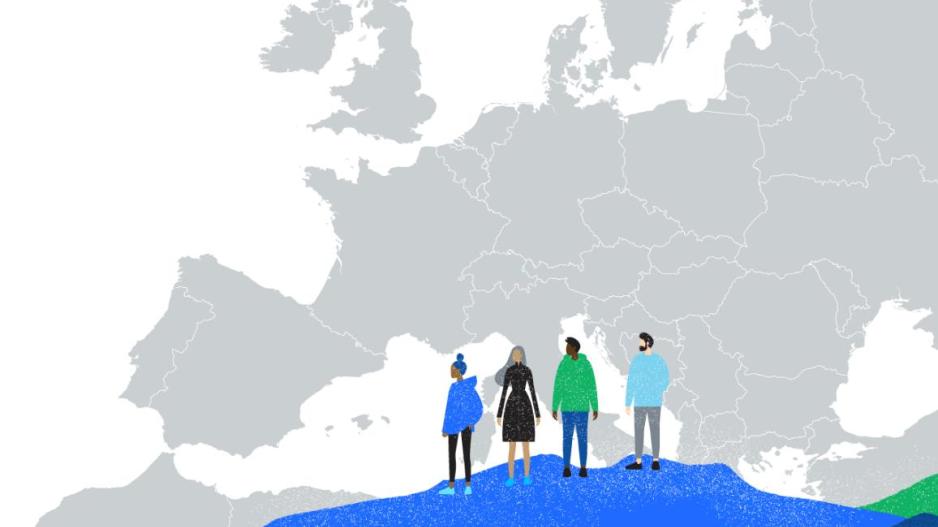Why Fewer Americans Might Visit Cyprus This Year
High Travel Costs Deter American Tourists from Europe in 2025
The rising cost of travel to Europe is making American tourists reconsider their plans for 2025, according to the latest European Travel Commission (ETC) survey.
The ETC data shows that the percentage of Americans planning a European vacation has fallen from 45% in 2024 to 37% in 2025, marking the lowest level since 2021.
The primary reason for this decline is cost, followed by a growing preference for domestic travel, likely driven by high expenses abroad.
If these survey results accurately predict travel trends, at least 500,000 fewer Americans are expected to visit Europe this summer.
Last year alone, 2.6 million American tourists traveled to Europe in July.
American tourists are known for their high spending habits, significantly boosting the tourism revenue of their destination countries.
“The decline in American travel interest in Europe reflects broader economic pressures, political uncertainty, and evolving consumer preferences,” said Eduardo Santander, CEO of the ETC.
However, the U.S. is not the only market showing reduced demand for Europe. Nearly half of all survey respondents, regardless of nationality, cited travel costs as their primary concern.
While most long-haul travelers still plan international trips in 2025, only 44% of them intend to visit Europe, compared to 49% in 2024.

The survey, which gathered responses from 7,087 long-haul travelers from Australia, Brazil, Canada, China, Japan, South Korea, and the United States, aimed to assess destination preferences and motivations for travel.
Among all groups surveyed, American travelers showed the most significant drop in European travel interest.
In contrast, Chinese travelers were the only group to show an increased interest in visiting Europe, with 61% of Chinese respondents planning to travel to Europe in the next 12 months, up from 57% in 2024.
Despite the decline in demand, Santander emphasized that Europe continues to attract American tourists. Most EU countries saw increased U.S. arrivals in 2024 compared to pre-pandemic levels in 2019.
Maintaining this growth will depend on enhancing affordability and improving flight connectivity, Santander added.






